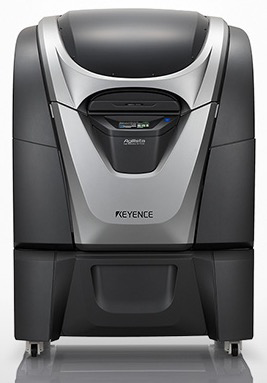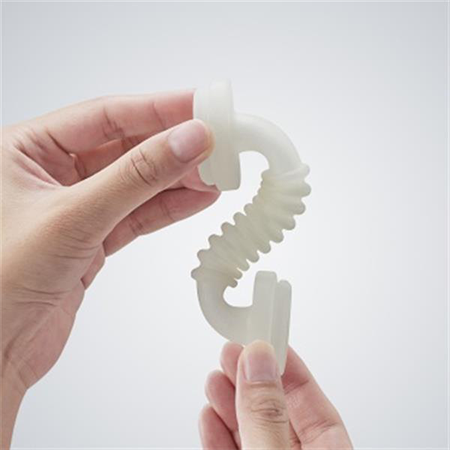Keyence brings a material innovation to 3D world as well as a printer. Launching 3D printer AGILISTA, the firm prepares to support material sector as well. Aiming to be a part of material sector, Keyence has developed a material from actual silicone.
Keyence, known with AGILISTA industrial 3D printer series, was inspired to create the silicone 3D printing material after receiving feedback from its clients and seeing the vast potential for the very durable but still rubbery material within the 3D printing industry. The new material, which marks a milestone for the company, can be used with inkjet 3D printing systems as the company developed a method for layering silicone in fine droplets and subsequently curing them with UV light. The process produces very high resolution results and optimal strength levels in all dimensions. 3D printed silicone objects should thus be almost indistinguishable from the conventional thing, except in how easy it is to manufacture.

Silicone-like materials have been adapted for 3D printing before, but actual silicone has been generally difficult to 3D print with due to its very soft, rubber-like qualities. As the German engineers explained, they have tried their best to maintain silicones known properties as much as possible with their 3D printable material. Keyence’s new material is based on silicone and can be used to print flexible parts like sealings, O-ring seals or just simple flexible parts.
